The series consists of 8 books, with a ribbon specially designed for this occasion. The works provide in-depth, multi-dimensional and inspiring perspectives on a series of fundamental issues of journalism in the digital age: Online journalism, mobile journalism, journalism on social media platforms, the problem of fake news, the prospect of artificial intelligence, digital interviewing skills...

Made by leading journalism experts with many years of experience in research and working in the professional journalism-media environment, the book series not only provides general knowledge and basic theoretical issues, but also provides practical directions so that journalists, editors, journalism students, media workers and the reading public can reflect on their practical information-media activities.
"Uncle Ho with Vietnamese revolutionary press"

The book by author Doan Yen Kieu, part of the book series “Ho Chi Minh’s Heritage”, is a meticulous summary of many of Uncle Ho’s writings and speeches, as well as the orientation and opinions of President Ho on press and propaganda activities. These summaries still retain their important guiding value for the Vietnamese revolutionary press.
The book consists of 2 parts: "Ho Chi Minh - The founder and leader of Vietnam's revolutionary journalism", "Some articles and speeches of Ho Chi Minh on journalism (1919-1969).
“Construction News”
The book offers concrete practical guidance for changing old news practices, and is rich in real-life examples drawn from the author’s ten-year tenure as Managing Director of News at the Danish Broadcasting Corporation, where Ulrik Haagerup successfully pioneered a paradigm shift in news production.
The book inspires journalists, especially the young generation of journalists, helping them firmly believe in the important and sacred role of journalism, helping them gain more confidence and skills to overcome pressure, become creative, dedicated and visionary journalists, contributing to the development of society.
“Online Journalism Handbook”

“Online Journalism Handbook - Skills to Survive and Thrive in the Digital Age” answers the question “What is journalism for?” in an era where anyone can publish directly, and information is both free and abundant.
The book focuses on four roles of journalism that are increasingly valued in the networked age: Giving voice to the voiceless; Making the hidden visible; Connecting communities; Verifying and exposing, especially hoaxes and fake news.
“More than news”
“More Than News: The Future of Journalism” by veteran journalist Mitchell Stephens, proposes a new standard: “wisdom journalism,” a mix of reporting styles—exclusive, bold, investigative—that simultaneously captures current events with insight, interpretation, and a strong point of view. The classic “Who-What-When-Where” formula is no longer enough, any individual with a mobile phone can provide it if they are in the right place and at the right time; now it is a race to see who can best help us understand the meaning of what is happening.

This book is an original, critical study of contemporary journalism, evoking an understanding and aspiration for journalism in the nineteenth century, building on the achievements of its predecessors.
“Mobile Journalism and Social Media Platforms”
This is a practical guide for multimedia journalism, equipping new-generation journalists and communicators to use mobile devices and social media platforms in three ways: gathering news, distributing content, and engaging with audiences. While embracing technology, journalism must maintain high standards of journalism.
Traditional values must not be allowed to weaken, especially when there is so much misinformation circulating on social media platforms.
“Instructions for using news”
“A Guide to Using News – What to Believe in a World Flooded with Fake News” by Alan Rusbridger, guides readers on how to grasp information, distinguish between truth and fake news to have a more sober view in the digital age.
The book is packed with insightful insider information, filled with illustrative examples, and asks thought-provoking questions. Readers and independent content creators alike will be awakened to the many ways information can be distorted and fabricated.
“The Art of Interviewing”
“The Art of the Interview – A Guide for Journalists and Content Professionals” is a guide to interviewing a wide range of people, drawing on the experience and expertise of two seasoned journalists: Gail Sedorkin, a former reporter for ABC and other newspapers, lecturer in journalism and public relations, and Amy Forbes, Associate Professor of Journalism and Communication at James Cook University.
The book offers a set of skills and useful techniques used by many journalists around the world, but this is not a book that is heavy on academics and analysis, but rather practical analysis to support professional journalists and writers.
"Journalist"

“The Journalist: Artificial Intelligence and the Future of Journalism” by Francesco Marconi, journalist, computer scientist and co-founder of Applied XL. The book answers the question: Will the use of artificial intelligence (AI), algorithms and smart machines be the end of journalism as we know it – or its savior?
The author analyzes the challenges and opportunities of AI through typical cases, and argues that AI can enhance - not automate - journalism, allowing journalists to report more news, report faster while freeing up their time for deeper analysis. Combining insights drawn from direct experience, the author has built a map of the media landscape transformed by artificial intelligence for the better.
Source: https://hanoimoi.vn/bo-sach-ky-niem-100-nam-bao-chi-cach-mang-viet-nam-cap-nhat-chuyen-sau-cho-nha-bao-thoi-dai-so-706329.html


![[Photo] Prime Minister Pham Minh Chinh receives Lao Minister of Labor and Welfare Phosay Sayasone](https://vphoto.vietnam.vn/thumb/1200x675/vietnam/resource/IMAGE/2025/11/11/1762872028311_dsc-2246-jpg.webp)
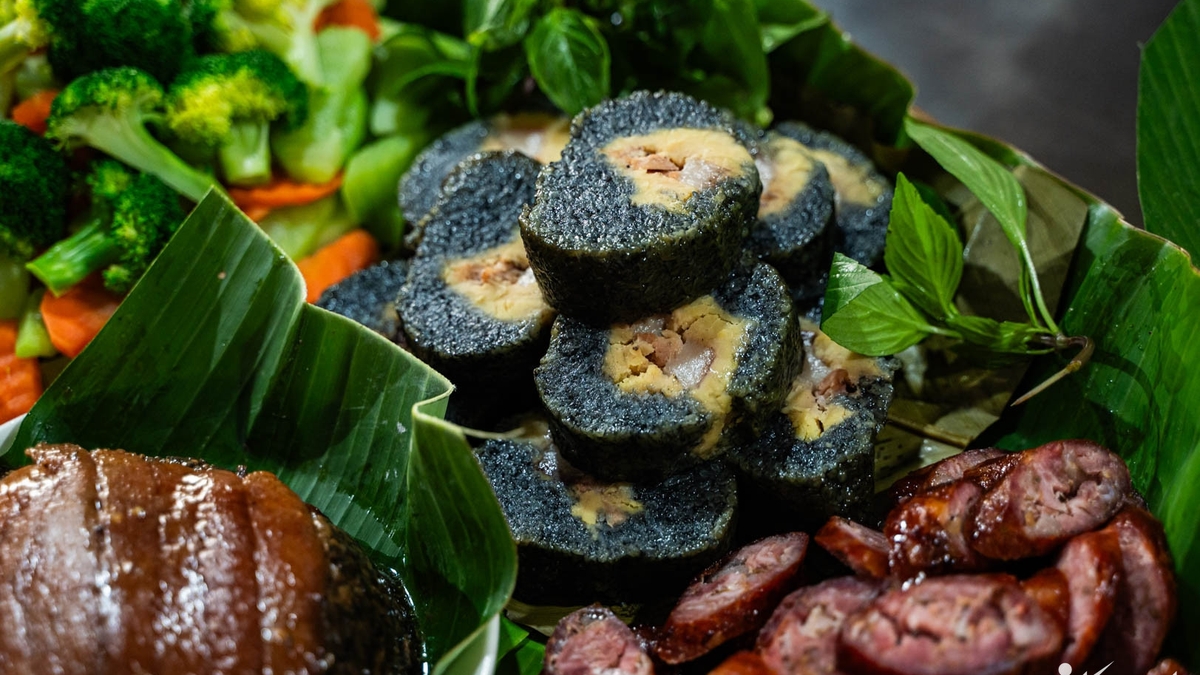




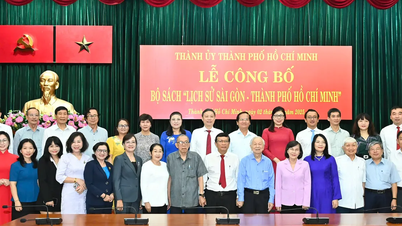





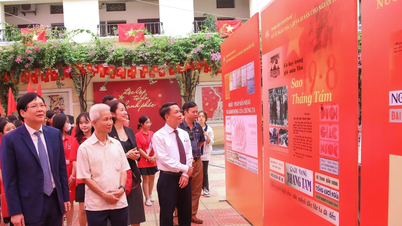

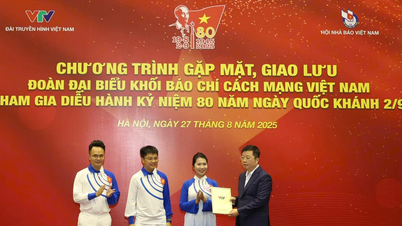


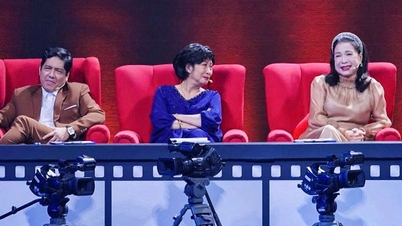





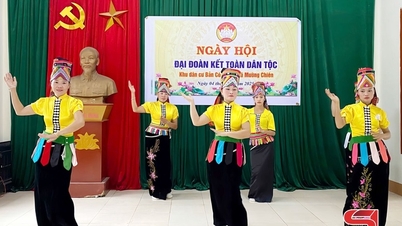





























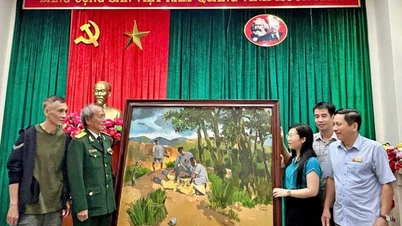

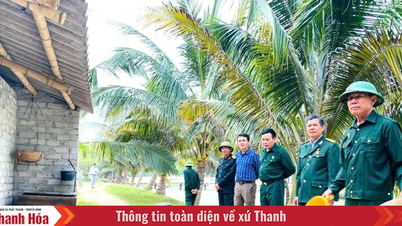


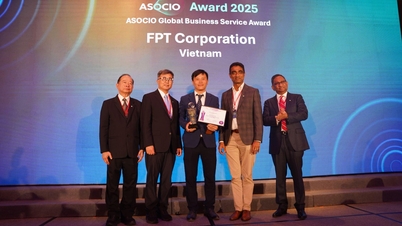
























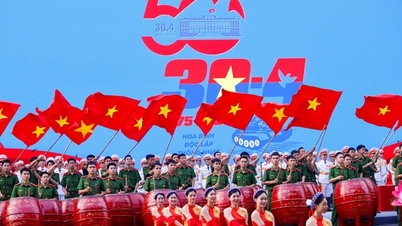







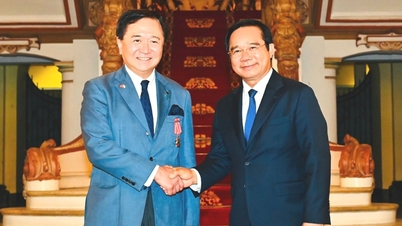
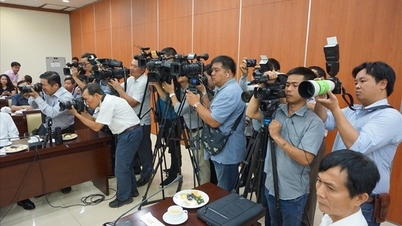
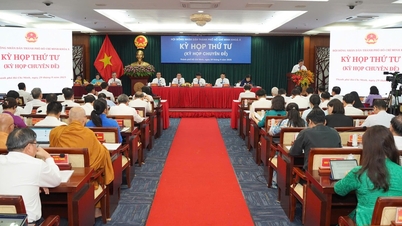









![Dong Nai OCOP transition: [Article 3] Linking tourism with OCOP product consumption](https://vphoto.vietnam.vn/thumb/402x226/vietnam/resource/IMAGE/2025/11/10/1762739199309_1324-2740-7_n-162543_981.jpeg)








Comment (0)